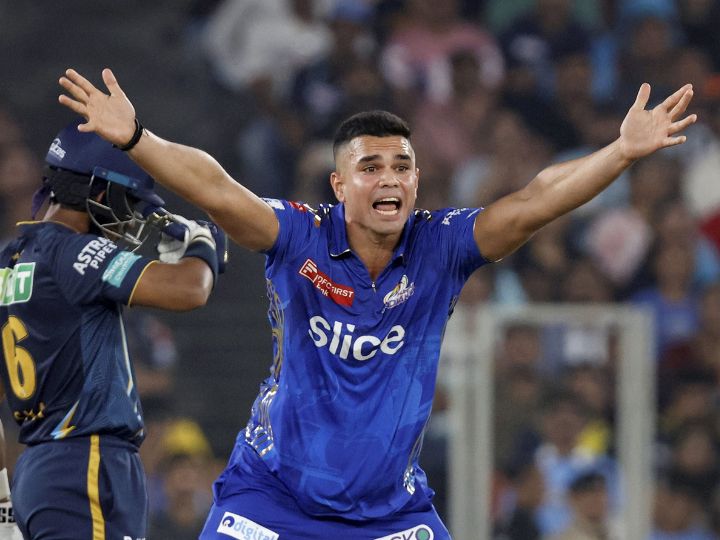Welcome to the
Cricket Web forums, one of the biggest forums in the world dedicated to cricket.
You are currently viewing our boards as a guest which gives you limited access to view most discussions and access our other features. By joining our
free community you will have access to post topics, respond to polls, upload content and access many other special features. Registration is fast, simple and absolutely free so please,
join the Cricket Web community today!
If you have any problems with the registration process or your account login, please
contact us.

